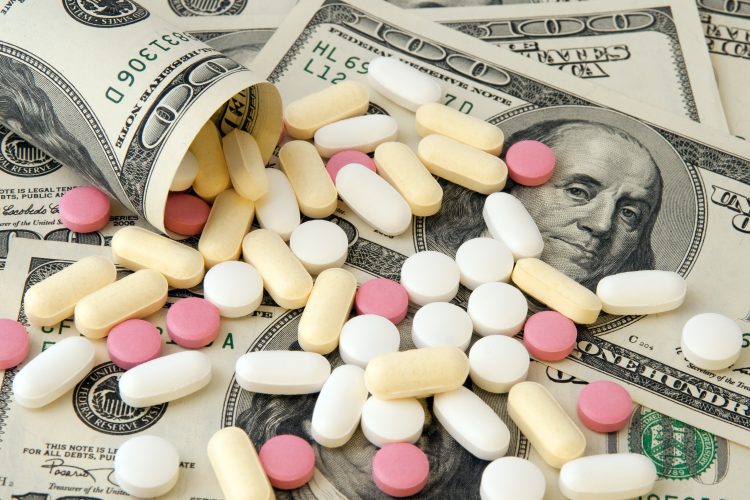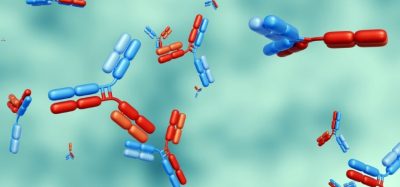US drug prices rose three times faster than inflation since 2007
Posted: 4 March 2020 | Hannah Balfour (European Pharmaceutical Review) | No comments yet
A study of over 602 brand-name prescription drugs shows that list prices increased over 1.5 times and net prices rose over 3.5 times inflation in the past decade.


A study has shown the net cost of prescription drugs in the US has risen 3.5 times faster than the rate of inflation over the course of the past decade.
The paper published in JAMA is the first to analyse the net price of drugs – list price minus manufacturer discounts or rebates – for all brand-name drugs in the US.
“Previously, we were limited to studying list prices, which do not account for manufacturer discounts. List prices are very important, but they are not the full story,” said lead author Dr Inmaculada Hernandez, assistant professor of pharmacy at the University of Pittsburgh. “This is the first time we’ve been able to account for discounts and report trends in net prices for most brand name drugs in the US.”
Previous research from Hernandez and her colleagues demonstrated that drug list prices have risen steadily over the last 10 years.
The new analysis used revenue and usage data for 602 brand-name drugs to track list and net prices from 2007 to 2018. Inflation-adjusted list prices increased by 159 percent. Net prices which account for rising manufacturer discounts, eg, rebates, coupon cards and 340B discounts, increased by 60 percent, approximately 3.5 times general inflation.
The research showed that net prices began levelling off in 2015; however, study senior author and associate professor of medicine and health policy at the Center for Pharmaceutical Policy and Prescribing (CP3) at the University of Pittsburgh’s Health Policy Institute, Dr Walid Gellad explained that this does not mean prescription drugs are affordable to customers, as “net prices are not necessarily what patients pay, a lot of the discount is not going to the patient.”
The researchers said that the majority of the discounts are rebates paid directly to public and private insurers. Rebates rarely affect the amount patients pay through copays or coinsurance, which are based on the drug’s list price, not the net one.
Some overall trends from the report:
- different drug classes vary in their price changes – insulin and TNF inhibitors had widening gaps between list and net prices, many cancer drugs had list and net prices increasing in parallel and the net prices for multiple sclerosis treatments more than doubled in the studied decade
- discounts for Medicaid payers are larger than for any other – the researchers suggest this is due to regulation surrounding the system, including the mandatory Medicaid rebate being based on price increases over inflation, where prices for other payers pay based on negotiations.
“We’re seeing a lot of discussion that net prices have stabilised over the last few years and that does appear to be the case,” said Gellad, who also is a physician and researcher with the VA Pittsburgh Healthcare System. “But the stabilisation of net price comes on top of large increases over the last decade, many times faster than inflation, for products that have not changed over this time period. In addition, this net price is an average, with substantial variability across payers and drugs.”
Related topics
Anti-Cancer Therapeutics, Big Pharma, Drug Markets, Industry Insight
Related organisations
University of Pittsburgh's Health Policy Institute, VA Pittsburgh Healthcare System








